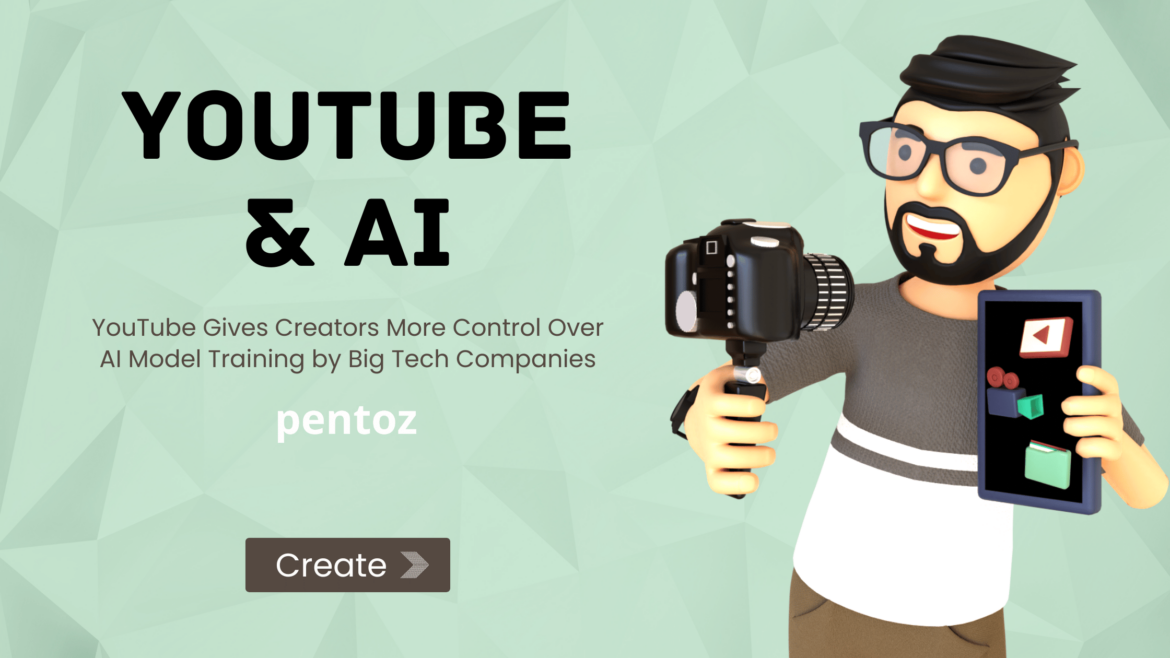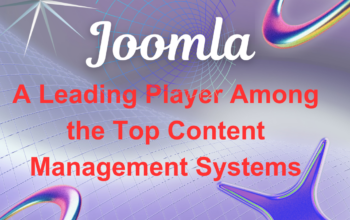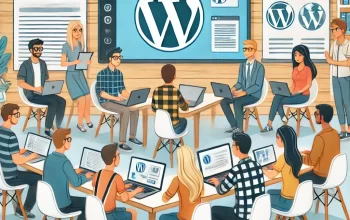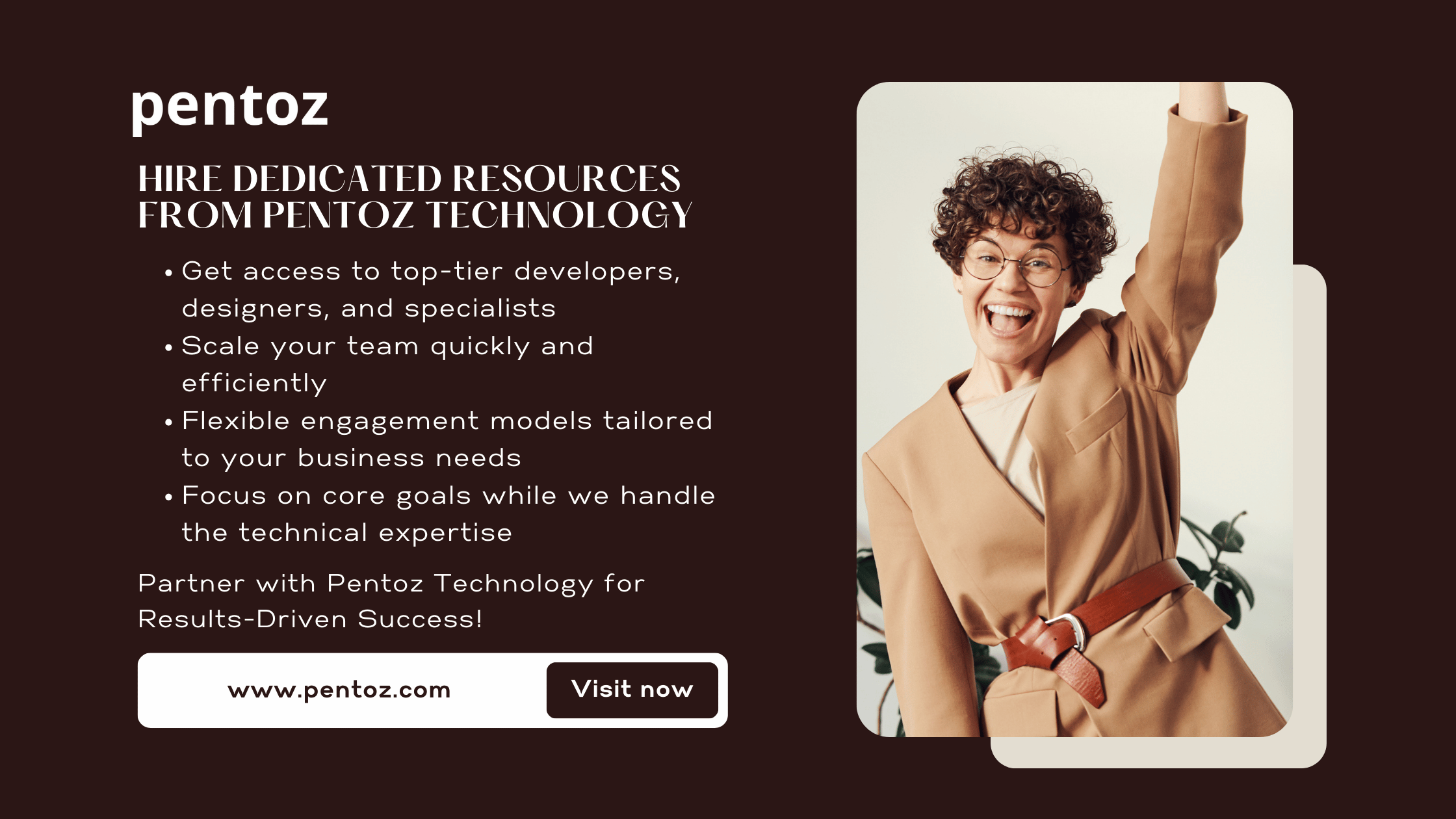YouTube is taking a significant step to empower creators by giving them more control over how their content is used in training artificial intelligence (AI) models developed by major tech companies such as OpenAI, Meta, Amazon, and others. This new move marks a crucial shift towards greater transparency and fairness for content creators in the rapidly evolving world of AI.
What’s Changing for YouTube Creators?
In an effort to protect creators’ intellectual property, YouTube has announced that it will now allow creators to choose whether or not they want their videos to be used to train AI models developed by third-party companies. Previously, AI companies could scrape content from platforms like YouTube to improve their models without explicit consent from the content creators. With this new initiative, YouTube aims to give creators more control over how their work is used outside of the platform.
Creators will now be able to set preferences in their account settings, allowing them to opt in or out of having their content used for training AI systems. This could help reduce the risk of misuse of their videos and ensure they have a say in how their intellectual property is leveraged by large corporations.
Why Is This Important?
AI is increasingly being used across industries to improve algorithms, automate tasks, and build more advanced technologies. Companies like OpenAI, Meta, Amazon, and others use vast amounts of data, including videos, images, and text, to train their AI models. Many creators have raised concerns about how their content is being used without permission or compensation, especially as AI systems become more sophisticated.
By giving creators the power to control whether their content is used in AI training, YouTube is addressing these concerns and working to ensure that creators’ rights are respected. This move also allows for more ethical use of content in AI development, promoting transparency between creators and tech companies.
How Will Creators Be Affected?
Creators who choose to opt out of having their content used in AI training will no longer have to worry about their videos being scraped for data by third-party companies. For those who choose to opt in, they may feel more confident knowing their content is being used in ways they’ve agreed to.
However, the changes also bring up questions about how this may impact the training of AI models and the ability of companies like OpenAI to access diverse data. While YouTube’s move prioritizes creator control, it may influence how AI models are developed in the future, potentially creating challenges for companies relying on vast data sources to improve their models.
What Does This Mean for AI Companies?
For companies like OpenAI, Meta, Amazon, and others, YouTube’s decision presents new challenges. These companies may now need to find alternative ways to gather data for training their AI models. It could lead to more collaboration with creators or the development of new systems that respect intellectual property rights.
On the other hand, these companies may also see this as an opportunity to build trust with creators by ensuring their content is used in a more ethical and transparent way. By working with creators and respecting their choices, AI companies could foster a more positive relationship with the content creators who drive the platform’s success.
What’s Next for YouTube?
This move by YouTube is part of the platform’s ongoing efforts to create a more sustainable and creator-friendly environment. The company has been taking steps to better support its creators, offering improved monetization options, enhanced transparency, and tools to help them protect their content.
Looking forward, YouTube may expand these measures, offering more ways for creators to control their intellectual property and how it is used across the web. As AI continues to grow in importance, platforms like YouTube will likely need to balance the demands of creators with the needs of companies developing cutting-edge technologies.
Conclusion
YouTube’s decision to give creators more control over how their content is used in training AI models is a significant milestone in the ongoing conversation about intellectual property, content rights, and the role of AI in society. As tech companies continue to harness the power of artificial intelligence, giving creators the ability to opt in or out of having their work used in AI training helps protect their rights and ensure a more transparent and ethical approach to content creation in the digital age.





